6 /10 1 Votes
5.4/10 Top Documentary Films Country of origin United Kingdom No. of episodes 3 First episode date 2004 Language English | 7.3/10 IMDb 5.6/10 TV No. of seasons 1 Genre Documentary film | |||||||||||||||||||||||||||||||||
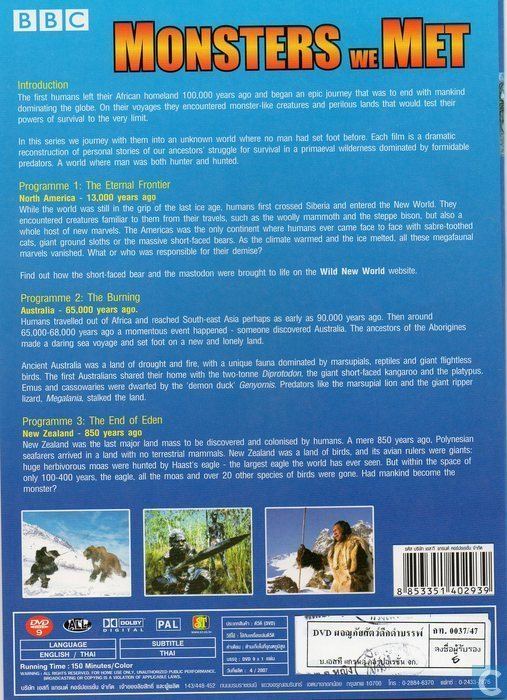 | ||||||||||||||||||||||||||||||||||
Similar | ||||||||||||||||||||||||||||||||||
Monsters we met episode 1 the eternal frontier
Monsters We Met is a documentary produced by the BBC and later aired on Animal Planet in 2003 (under the title, Land of Lost Monsters) but also used footage from Walking with Beasts and Walking with Cavemen both made by BBC. The show used computer-generated imagery to recreate the life of the giant animals that lived during the last ice age and explains how early humans encountered them. It also features humans as the main reason to the extinction of all great animals.
Contents
- Monsters we met episode 1 the eternal frontier
- Bbc monsters we met 2 of 3 the burning
- Episode 1 Eternal Frontier Montana United States North America 14000 years ago
- Episode 2 The Burning Australia 65000 years ago
- Episode 3 The End of Eden New Zealand AD 1280
- References

Bbc monsters we met 2 of 3 the burning
Episode 1: Eternal Frontier (Montana, United States, North America, 14,000 years ago)
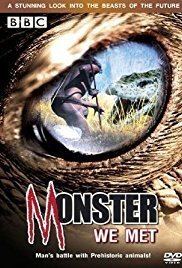
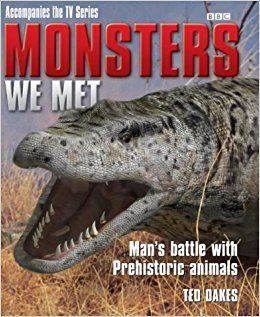
It starts with animals living during the Ice Age. It also shows how humans became top predators and started hunting mammoths on the continent with deadly spears. They also had to compete with other predators like the short-faced bear and the saber-toothed cats. The natives eventually made the megafauna go extinct by depleting their food supply, and making them starve to death. Later after realizing what they done to the great beasts' demise they started to become peaceful with nature and then there were no more extinctions in the Americas for the next 12,000 years. That wasn't until pioneers from Europe (such as Christopher Columbus and the Conquistadors) ventured into America and struck fear into the Native Americans. During the 1800s, the pioneers slaughtered 60 million buffalo (within 70 years) with only 500 remaining in 1893, all of this destroyed the Native American's livelihood.
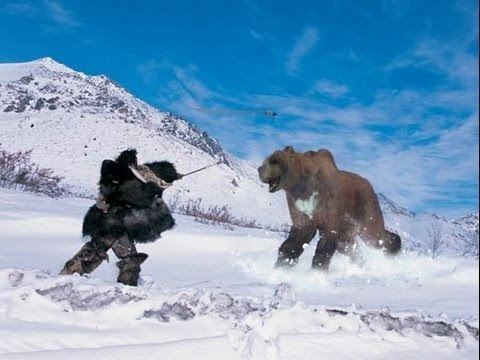
Note: This episode used most of the extinct mammal models from Wild New World, as well as some archive footage.
Episode 2: The Burning (Australia, 65,000 years ago)
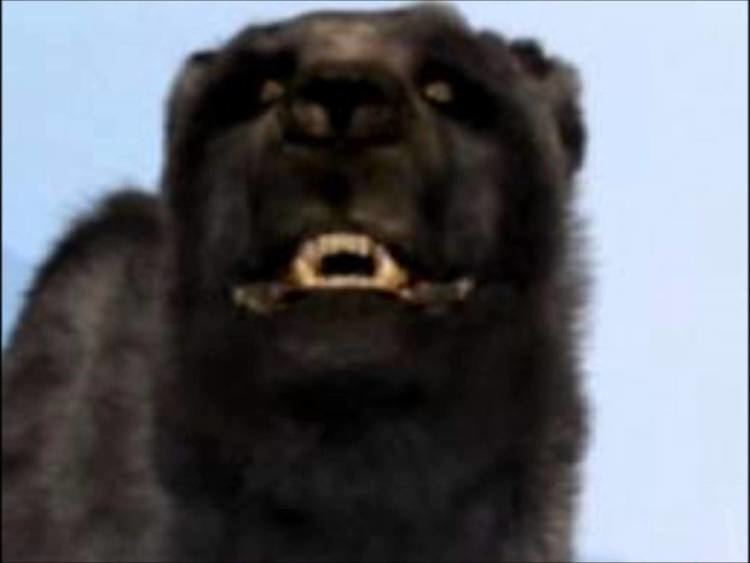
It starts by showing how humans migrated to Australia. We also hunted the native wildlife. We encountered the huge birds and the giant lizard, megalania. A megalania kills two humans and in revenge, the tribe plans on setting fire to the fields and vined forests to burn the giant lizard and other beasts to extinction. We then start to colonize other lands in the New World. While after the burning of the forests, most of the animal species survived the forest fires, this also changed the habitat of Australia as it is today. Marsupials, small lizards, birds and other animals are doing better than their counterparts who all died in the fire.
Episode 3: The End of Eden (New Zealand, AD 1280)
It starts with humans populating New Zealand. We encounter the giant moa. We start to see it was harmless. We then discover Haast's eagle, which hunts moas and starts to target us. We then start to steal the moa's giant eggs and go after the adults for food. We then realize we brought a huge amount of animals to extinction. The program has a part with footage of most of the animals shown in the series and starts to ask the question that if we can't live with these monsters, are we monsters ourselves? The program then ends on Easter Island about the aftermath of New Zealand's old world with the giant birds gone and forests as so did the early settlers of New Zealand.
Note: This episode used footage from the previous two episodes, Walking with Cavemen, Walking with Beasts and Wild New World.
